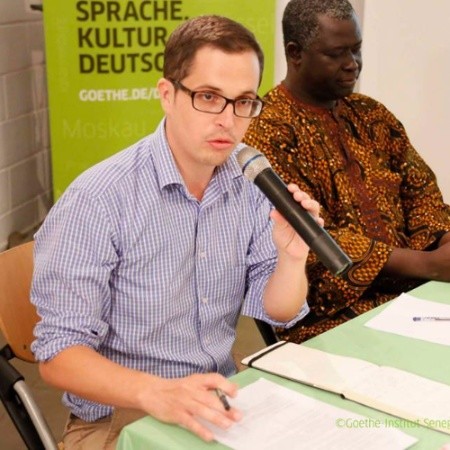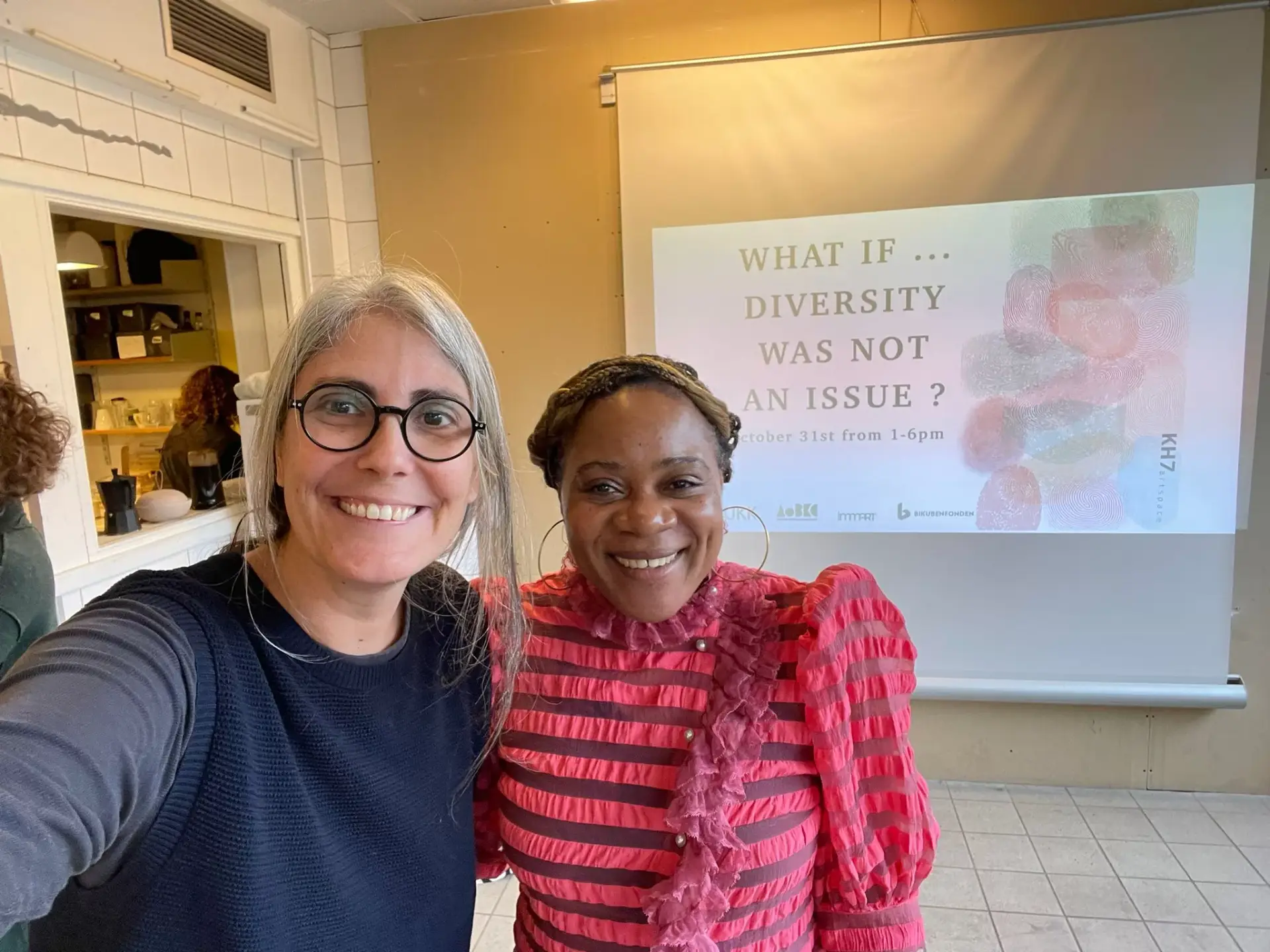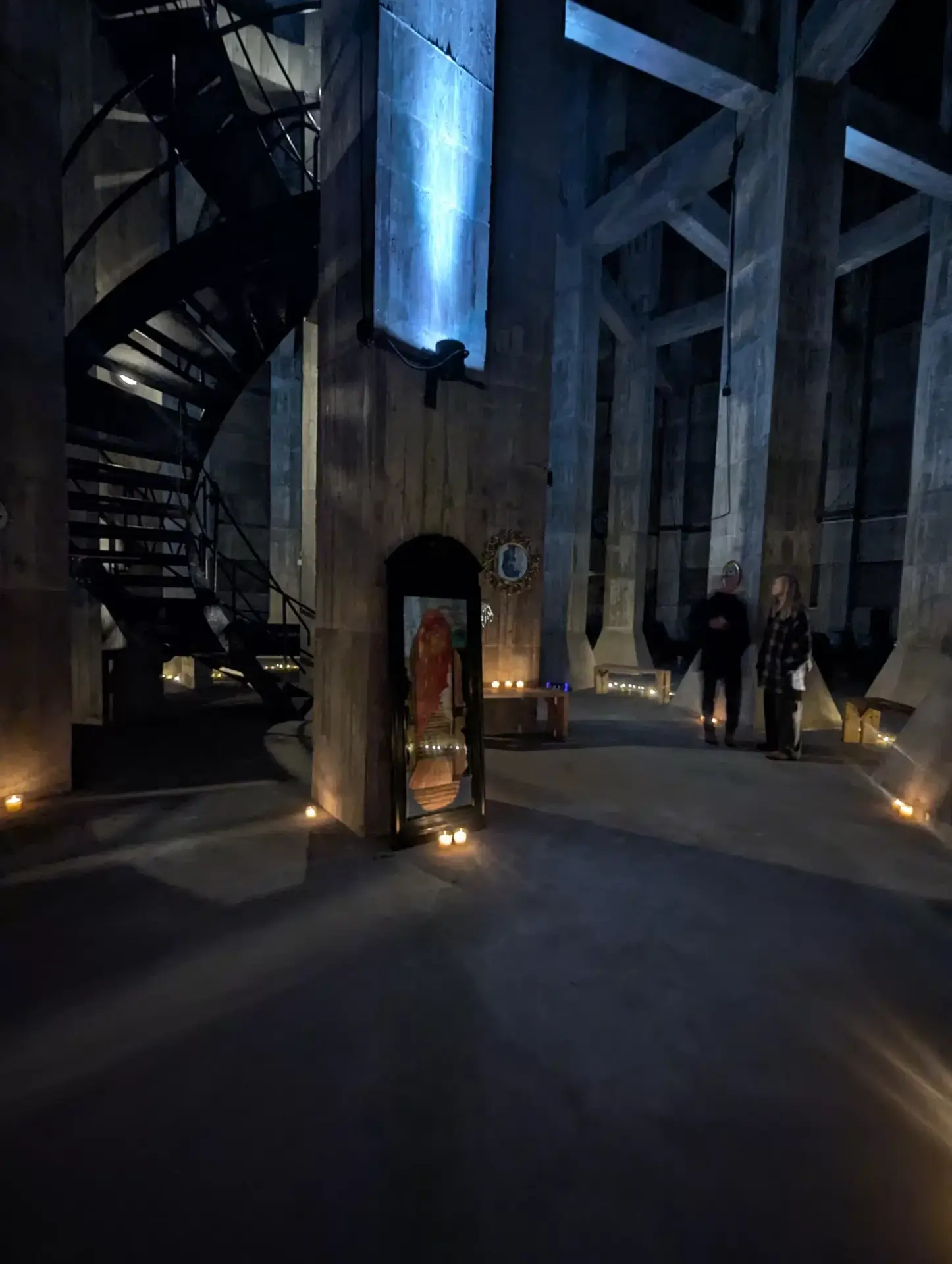Mauritanian War Veterans
The last riflemen and camel troopers from Mauritania
Written by Pierre-Emmanuel Billet
Edited by Nicol Savinetti
This exhibition by YÉRO DJIGO is a part of CPH Photo Festival, 2018
In this series of photographs, Yéro Djigo depicts veterans of the French colonial army who come from his home country, Mauritania. Grandson of a late veteran, Yéro is the first photographer to reveal the untold history of “tirailleurs et goumiers” (riflemen and camel troopers) from Mauritania and to narrate their stories from an African perspective.
Mauritania is located in north-western Africa neighbouring Morocco to its North, Senegal to its South and Mali on its eastern border. It is a small country according to the size of its population (currently around 4 million people) but it is extremely vast covering an area of over 1 million square meters, most of which is the Sahara Desert. Mauritania was part of the second colonial empire, which France started to establish during the 19th century after the abolition of slavery. This colonial empire mostly spread in Central and Western Africa and in Eastern Asia until the early 1960s. That year, the “Islamic Republic of Mauritania” was created as an independent country, and Moktar Ould Daddah became its first President.
This Sahelo-Saharan country comprises various cultural groups: Southern Black African communities (Wolof, Pulaar, Soninkes, Haratines) and Northern Arab-Berber tribes (“Maures”). The latter hold most of the political and economic power in the country. The dynamics and tensions between those groups shape a complex and somehow tragic history, the climax of which was the massacre and the flight of numerous Black African Mauritanians in the late 1980s-early 1990s. Although it is officially banned, slavery is still a persisting practice in Mauritania.
In this context, it is tricky and even risky for Yéro Djigo, a Black Mauritanian photographer coming from a Pulaar family, to address the history of his country. The veterans he portraits are either former Black Mauritanian soldiers who served as “tirailleurs” within French Western-African colonial troops or former Arab-Berber soldiers who served as “goumiers”. Both “tirailleurs” and “goumiers” were used by the French army to conquer and secure Mauritania’s territory under the colonial rule. They were the joint armed forces of nomadic military groups lead by French officers that moved around the Sahara Desert by camel. Both of those groups helped create the National Army at the Independence of Mauritania. Some of the veterans developed “brotherhoods of arms” that bound them beyond the ethnical divide. The emotion Yéro felt when he first saw them side-by-side at the veterans’ office of Nouakchott (Mauritania’s capital) deeply motivated him to share this picture of possible friendships and national unity.
This image of hope is nevertheless fragile and is also fading with the decreasing number of aging veterans of colonial times. Most of those men are in their eighties or nineties and most of their memories have not been shared. Some of their physical memories (objects, photos, papers and such) even disappeared when Black African families had to flee their homes to seek refuge in Senegal in 1989-1990.
Another difficult question is the historical responsibility of France in the increase of ethnic tensions that are experienced as “racial” in Mauritania. Indeed, under the French rule the differences between Black Africans and Arab-Berbers were emphasized even though their cultural links, their common religion or the respect of the human rights that the colonizer claimed to promote could have brought them together. This differential treatment was applied within the French army: Black African “tirailleurs” where recruited to partake in the World Wars and in the colonial wars that France lead all over the world while Arab-Berber “goumiers” only served in Mauritania and were not subjected to military conscription. Even in Mauritania where both “tirailleurs” and “goumiers” served, the difference between them regarding their working and living conditions was considerable, with the situation of ‘tirailleurs” sometimes being compared to slavery.
When partially told or denied, history leaves room for manipulation. Today, veterans of the former French colonial army are criticized in Mauritania for their “collaboration” with the colonizer even though the first “tirailleurs” simply did not have the choice, being often recruited by force. This lack of consideration for the veterans’ merits deprives the new generations of the pride and knowledge they could gain from the past.
The sacrifices of thousands of “tirailleurs” from Central and Western Africa sent to Europe during the World Wars are for example commemorated in neighbor countries such as Senegal or Mali; meanwhile silence prevails in Mauritania. As for France, it supports the veterans by paying them pensions, which until recently were much lower than those of French veterans, and it pays tribute to those who died during the World Wars of 1914-1918 and 1939-1945. But most of the veterans pictured by Yéro were enrolled in the colonial wars of the 1950s that are more controversial and thus less commemorated than the World Wars. Coming from a colonized country, they had to fight – some of their peers died and some of them were harmed in order to prevent other colonized countries such as Algeria or Vietnam from becoming independent.
Ultimately Yéro Djigo’s intention is to change the perception of those men and show their dignity. He invites you to look at “his” veterans with empathy, without judging their military past. His photographs also reflect the admiration of a grandson towards the elderly. Why paying tribute to those who died if one cannot respect the very last ones who survived the absurdities of the wars and the wounds of the times?
WHAT: Vernissage of photographic exhibition
WHEN: 17:00 – 19:00, Thursday 7 June (the exhibition will run 2.6.2018 to 30.06.2018)
WHERE: Københavns Kulturcenter, Drejervej 15-17, 2400 Copenhagen NV
Facebook page dedicated to the Mauritanians war veterans project: https://www.facebook.com/tirailleursmauritanie/
Yéro Djigo’s website: https://yerodjigo.wordpress.com/






